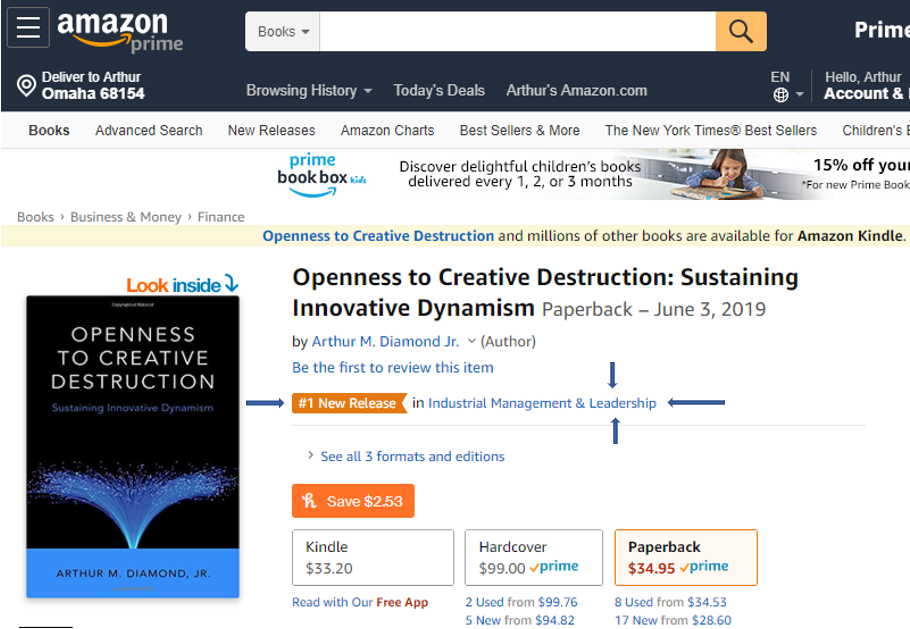(p. B1) BEIJING — Bill Gates believes the world needs better toilets.
Specifically, toilets that improve hygiene, don’t have to connect to sewage systems at all and can break down human waste into fertilizer.
So on Tuesday in Beijing, Mr. Gates held the Reinvented Toilet Expo, a chance for companies to showcase their takes on the simple bathroom fixture. Companies showed toilets that could separate urine from other waste for more efficient treatment, that recycled water for hand washing and that sported solar roofs.
It’s no laughing matter. About 4.5 billion people — more than half the world’s population — live without access to safe sanitation. Globally, Mr. Gates told attendees, unsafe sanitation costs an estimated $223 billion a year in the form of higher health costs and lost productivity and wages.
The reinvented toilets on display are a culmination of seven years of research and $200 million given by the Bill and Melinda Gates Foundation, which the former software tycoon runs with his wife, since 2011. On Tuesday [Nov. 6, 2018], Mr. Gates pledged to give $200 million more in an effort get companies to see human waste as a big business.
. . .
(p. B5) . . . China’s toilet revolution has led to excesses — a problem that critics say could plague the Gates effort as well.
To win favor with Beijing, local officials have tried to outgun one another with newfangled latrines, many equipped with flat-screen televisions, Wi-Fi and facial-recognition toilet paper dispensers. (Thieves have been known to make off with entire rolls.) There were even refrigerators, microwave ovens and couches, prompting China’s tourism chief at the time to instruct officials in January to rein in their “five-star toilets” and avoid kitsch and luxury.
Though the products on display on Tuesday were nowhere as flashy, Mr. Gates has drawn criticism for giving thousands of dollars to universities in developed countries to create high-tech toilets that will take years to pay off — if they ever do.
“Sometimes doubling down is necessary, but you’ve got to be reflective,” said Jason Kass, the founder of Toilets for People, a Vermont-based social business that provides off-grid toilets. “Has any of the approaches done in the last five years created any sustainable lasting, positive impact vis-à-vis sanitation? And the answer, as far as I can see, is no.”
. . .
Mr. Gates acknowledged that some reinvented toilets, in small volumes, could cost as much as $10,000, but added, “That will pretty quickly come down.”
“The hard part will be getting it from $2,000 to $500,” he said. “I’d say we are more confident today that it was a good bet than where we started, but we are still not there.”
For the full story, see:
(Note: ellipses, and bracketed date, added.)
(Note: the online version of the story has the date Nov. 6, 2018, and has the title “In China, Bill Gates Encourages the World to Build a Better Toilet.”)


